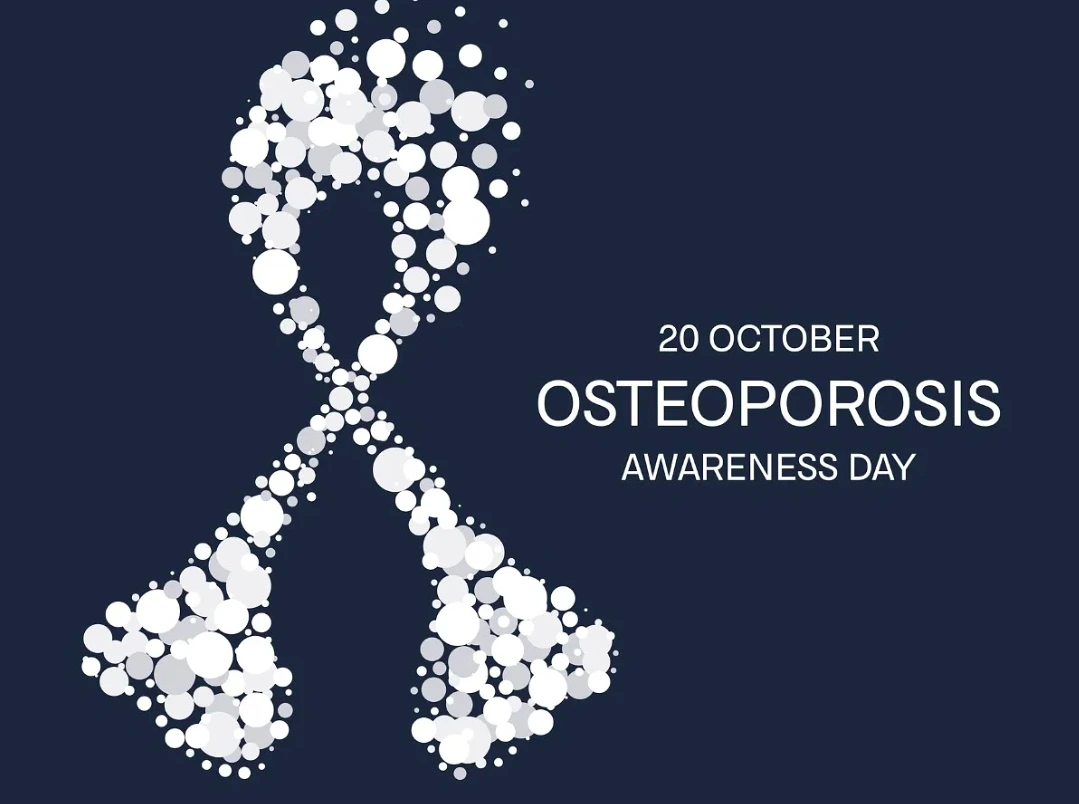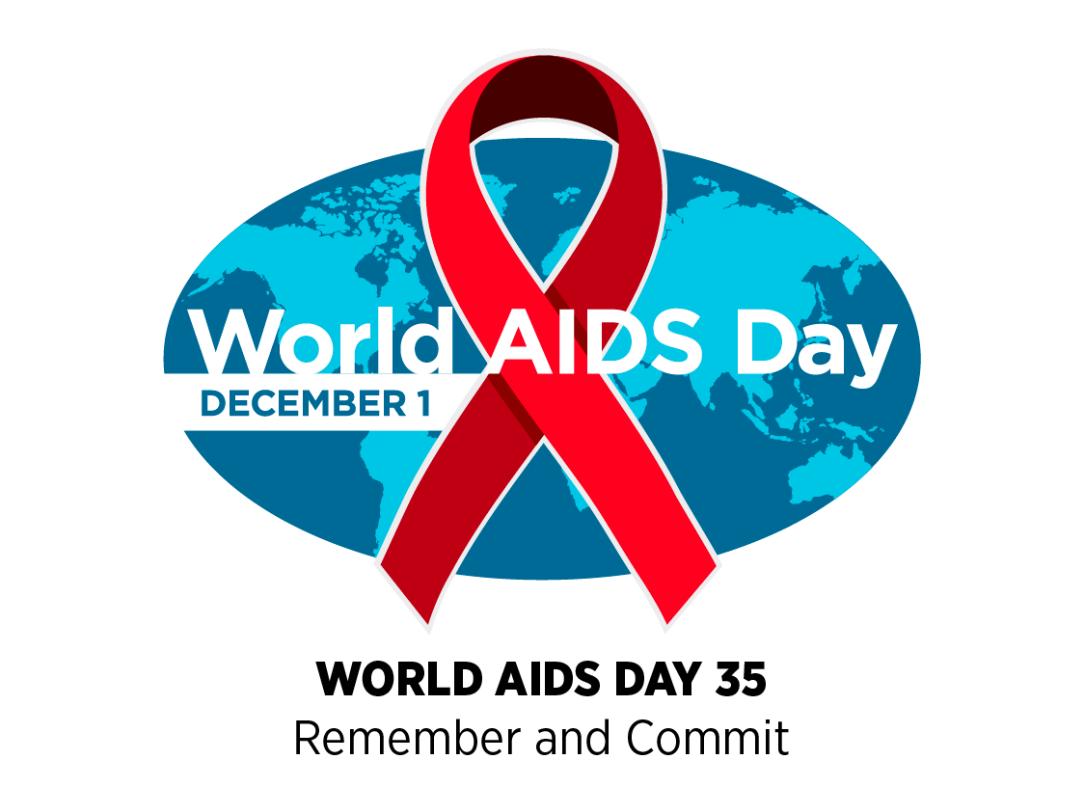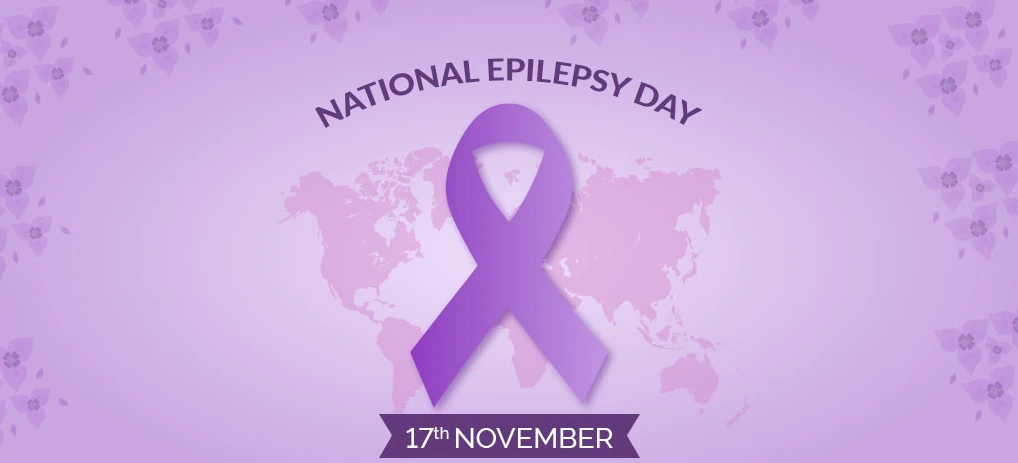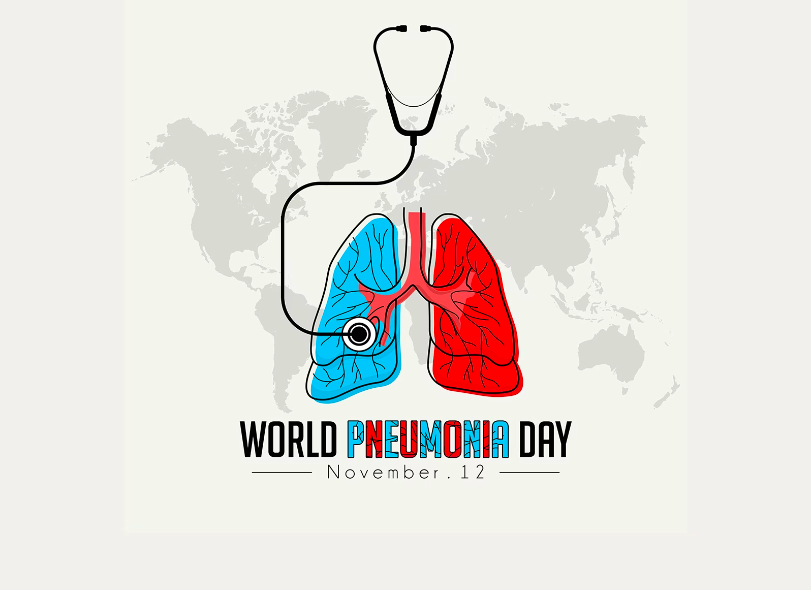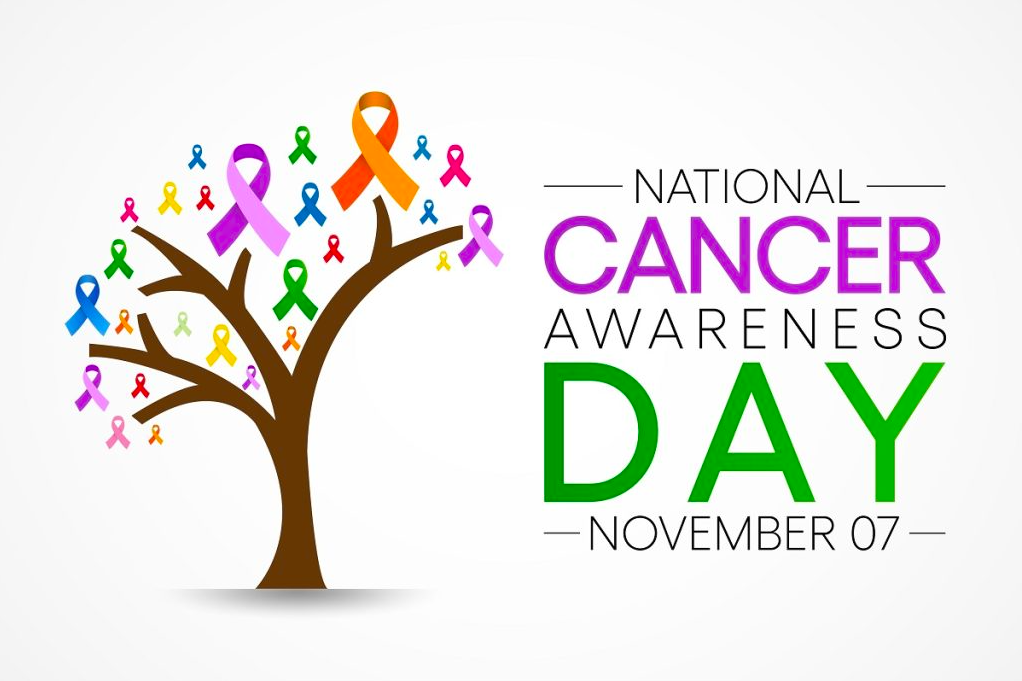Every year on October 20, people all over the world observe World Osteoporosis Day (WOD). Its mission is to raise awareness of osteoporosis prevention, detection, and treatment throughout the world.
This World Osteoporosis Day, the Bone Health & Osteoporosis Foundation (BHOF) joins organisations around the world to promote prevention methods that can help lower one’s risk of developing osteoporosis in later life and raise awareness about bone health.
About World Osteoporosis Day
World Osteoporosis Day was first observed on October 20, 1996, and was sponsored by the European Commission and the National Osteoporosis Society of the UK. World Osteoporosis Day (WOD) was subsequently established in 1997 by the International Osteoporosis Foundation (IOF).
Every year on October 20, there is a global healthcare holiday known as World Osteoporosis Day. Various awareness raising initiatives and campaigns are then conducted to spread the word about osteoporosis early detection, treatment options, and preventative measures for healthy bones. The main goal of the campaigns is to persuade people to take proactive steps to maintain good bone health in order to reduce their risk of developing osteoporosis and its complications in the future.
The 2022 World Osteoporosis Day theme was “Step Up For Bone Health.” The intention was to persuade people all over the world—especially those who are 50 and older—to regularly check their bone health and density. A key strategy for enhancing bone health was emphasised: adopting a healthy lifestyle.
But, what is Osteoporosis?

Osteoporosis is a medical condition with signs of brittle bones and deteriorating bone tissue. This increases the risk of fracture. Before a person experiences the effects of broken bones or other complications, this “silent disease” frequently goes undiagnosed.
Bone is a living tissue that undergoes continuous deterioration and replacement. Osteoporosis develops when the production of new bone is insufficient to counteract the loss of existing bone. When a person has osteoporosis, their bones become so brittle that even a small fall, bump, or sudden movement can cause a fracture. As people age, their chances of developing osteoporosis increase. It ranks among the top reasons for fractures in the elderly.
One of the main causes of fatal pain and long-term disability in the elderly is osteoporotic fractures. It affects 1 in 3 women and 1 in 5 men over the age of 50 worldwide. Only 20% of patients with osteoporosis receive a diagnosis or treatment, which is also due to inadequate healthcare infrastructure, facilities, accessibility, and awareness.
Adhering to a specific lifestyle and maintaining a healthy diet can help ensure strong bones and prevent osteoporosis from developing over time.

Symptoms of Osteoporosis
Early on in the process of bone loss, there are typically no symptoms. However, once osteoporosis has weakened your bones, you may experience the following signs and symptoms:
- Back pain brought on by a fractured or dislocated vertebra in the spine.
- height loss over time.
- a hunched position.
- a bone that fractures much more quickly than is typical.
Tips for Bone Health
- Regular Exercise: At least 30 to 40 minutes of exercise per day. Exercises that involve weight bearing, muscle strengthening, and balance training are best for ensuring daily practise of bone and muscle movement.
- Nutrition: Make sure to eat foods high in calcium, vitamin D, and protein to support healthy bones. Additionally, take a daily sunbath to get your vitamin D, which aids in the body’s better absorption of calcium.
- Lifestyle: Avoid excessive alcohol consumption and smoking. To maintain a healthy BMI, eat a healthy diet of healthy foods.
- Risk Factors: Attend educational events and educate yourself about osteoporosis. Be aware of any personal risk factors, such as illnesses, genetics, drugs, and menopause.
- Testing & Treatment: Don’t be afraid to ask your doctor for a second opinion if you have any concerns or risk factors so that you can receive an early diagnosis and treatment.

Are Indians struggling to embrace the benefits of the vitamin D?
The bones suffer when vitamin D levels are low. The bones become weak, brittle, and soft when vitamin D levels are low. Despite the country’s profusion of sunshine, studies have shown that between 65-70% of Indians lack adequate levels of vitamin D. The functions of the heart, brain, and immune system are all dependent on vitamin D. There is a good chance that it can cause rickets, osteoporosis, cardiovascular diseases, diabetes, and even cancer.
Read More: A Mineral that is required for keeping our Bones Healthy
Why are women at greater risk?
Osteoporosis is more common in women than in men. All women are at risk for osteoporosis due to the menopause. Oestrogen contributes to strong, healthy bones. Oestrogen levels fall around the menopause, which typically occurs at age 50 on average. Women lose bone density more quickly than they did before when their oestrogen levels fall. It is important to note that women can lose up to 1/3 of their bone density 5 to 10 years after menopause.
When should you meet your doctor?
You may want to discuss osteoporosis with your doctor if:
- you experience early menopause
- took corticosteroids frequently
- or if one or both of your parents suffered from hip fractures
Read more: विटामिन डी के लिए शाकाहारियों को क्या खाना चाहिए

